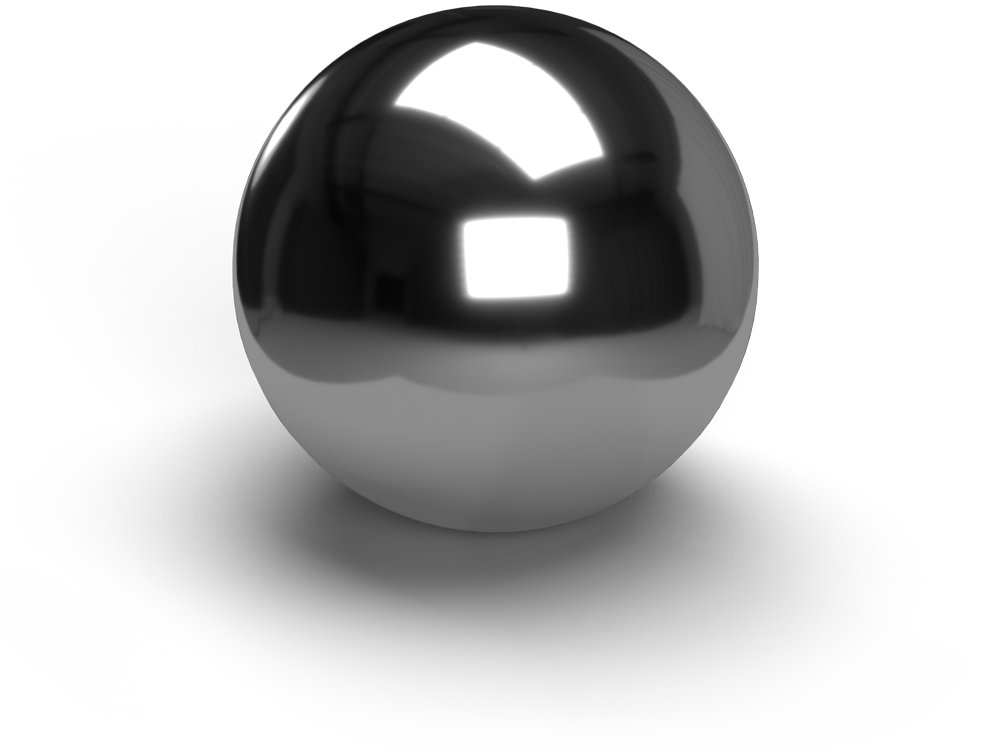Material & Finishing
Four materials for high-quality earmoulds
Hörluchs® utilises four different materials that are processed in precise 3D production. Both laser and 3D printing processes are used. The finishing touches are made in traditional handwork.
With different surfaces and finishes, the needs of the customer can be individually fulfilled.
3D TEC LPH
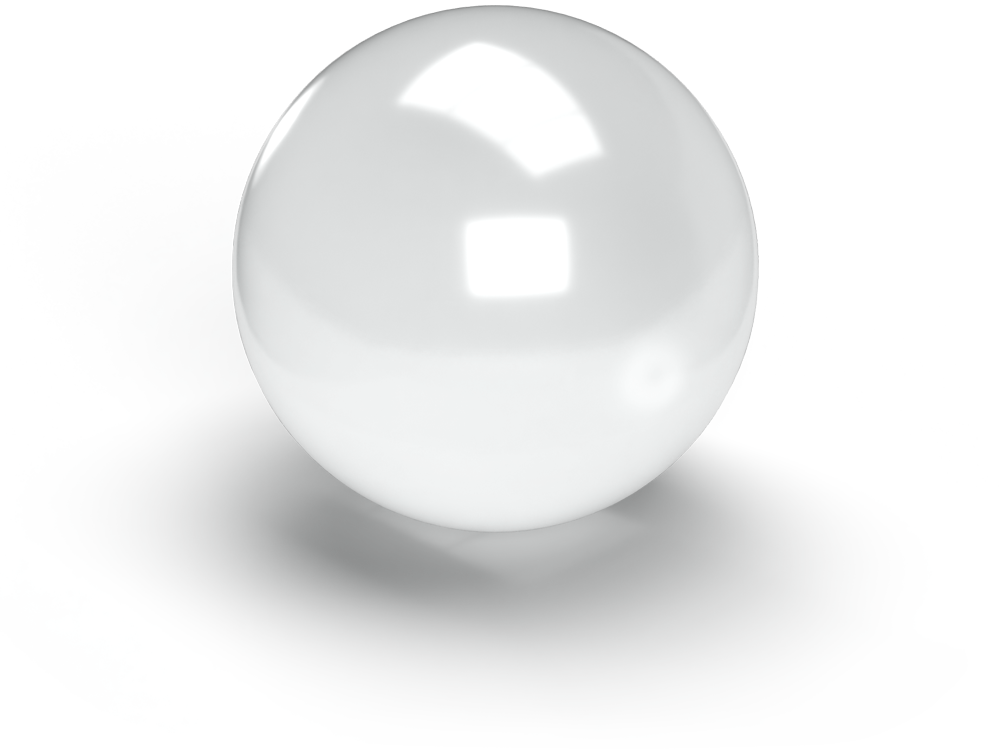
A light-curing resin that was developed for modern production facilities. One of its outstanding features is that it can be reworked very well.
3D TEC LPH earmoulds are finished with “Smart Finish” as standard. The surface is specially sealed in a process developed by Hörluchs®.
Features
| Skin-friendliness | |
| Moisture absorption | |
| Heat dissipation | |
| Post-processing | |
| Durability | |
| Breaking/tear resistance | |
| Durability | |
| Cleaning |
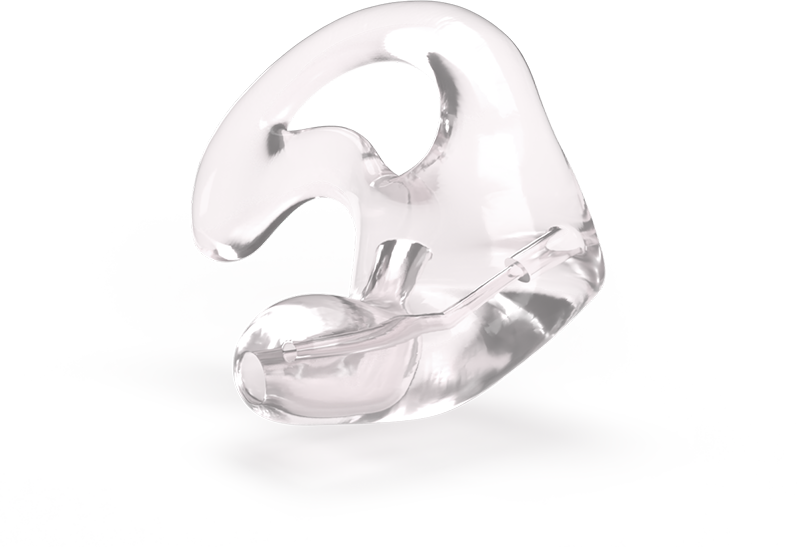
Smart Finish Brilliant (New)
This special finish guarantees a subtle look and a comfortable feel with maximum sealing.
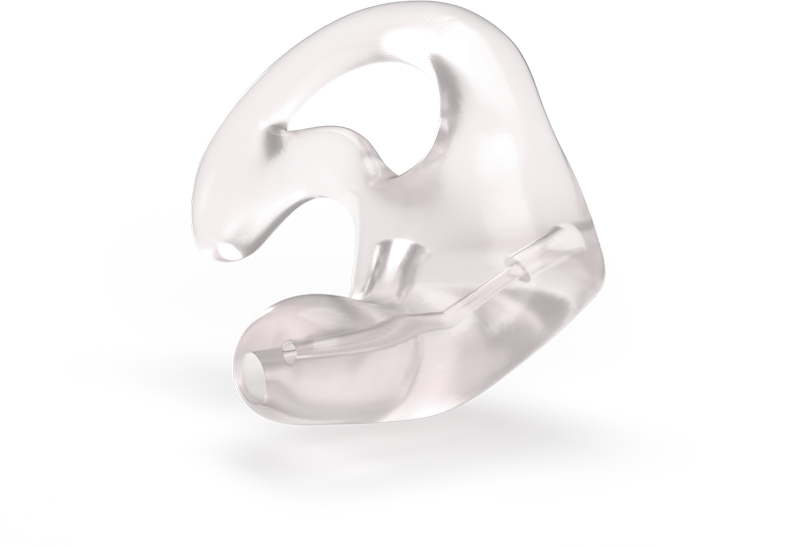
Smart Finish Matt (New)
This type of surface has an discreet appearance, is barely dirt-sensitive and is very durable.

Glazing
The glazing is a robust coating that gives the earmould a clear-transparent appearance.
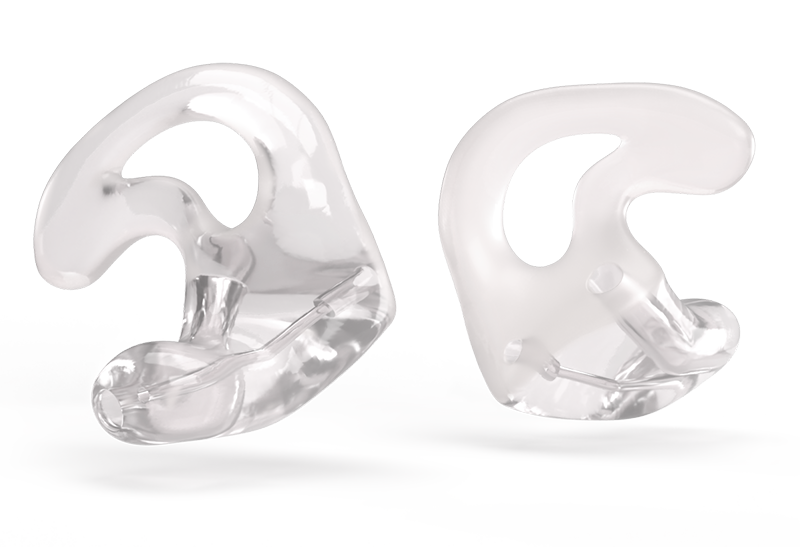
Partial glazing (Surcharge)
The side adjacent to the ear tissue is glazed, while the visible surface remains matt for optical reasons.
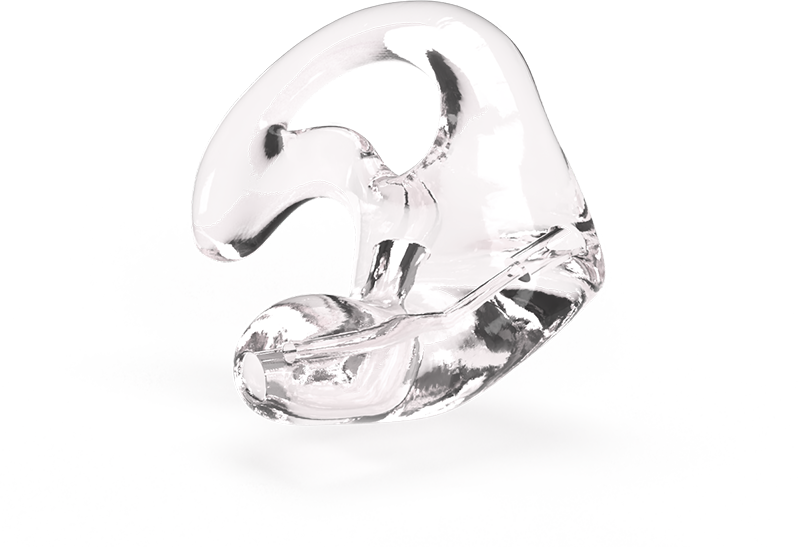
Nanolacquering (Surcharge)
The ionised lacquer finish has an antibacterial effect and is the best choice for sensitive ears.
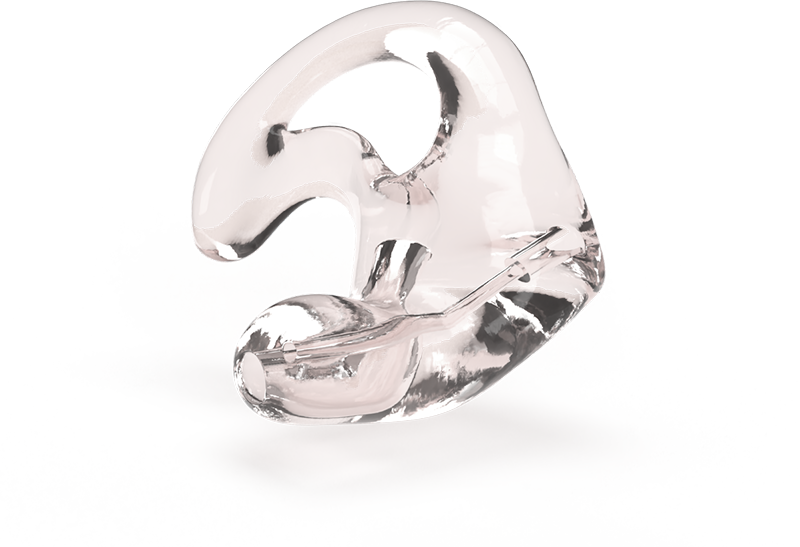
Anti-slip coating (Surcharge)
Due to the smooth surface, the earmould sits securely and does not slip out of the ear, even with less pronounced retention zones.
3D THERMOtec®
in 70 Shore (at body temperature)

At room temperature, the material remains hard and is easy to insert. In the ear canal it becomes soft and flexible.
The material is manufactured and delivered unpainted. This creates a breathable earmould with attractive cosmetics.
| Skin-friendliness | |
| Moisture absorption | |
| Heat dissipation | |
| Post-processing | |
| Insertion | |
| Breaking/tear resistance | |
| Durability | |
| Cleaning |
Titanium offers the best medical supply. It is hypoallergenic and maximally skin-friendly. The material is extremely stable and, with wall thicknesses of only 0.4 mm, the ideal solution for small auditory canals.
The material feels valuable and exclusive due to the matt or polished surface. The appearance is durable and is not altered by cerumen.
Features
| Skin-friendliness | |
| Moisture absorption | |
| Heat dissipation | |
| Post-processing | |
| Insertion | |
| Breaking/tear resistance | |
| Durability | |
| Cleaning |
3D SOFT SILICONE
in 35, 40, 60 and 70 Shore (depending on the product)
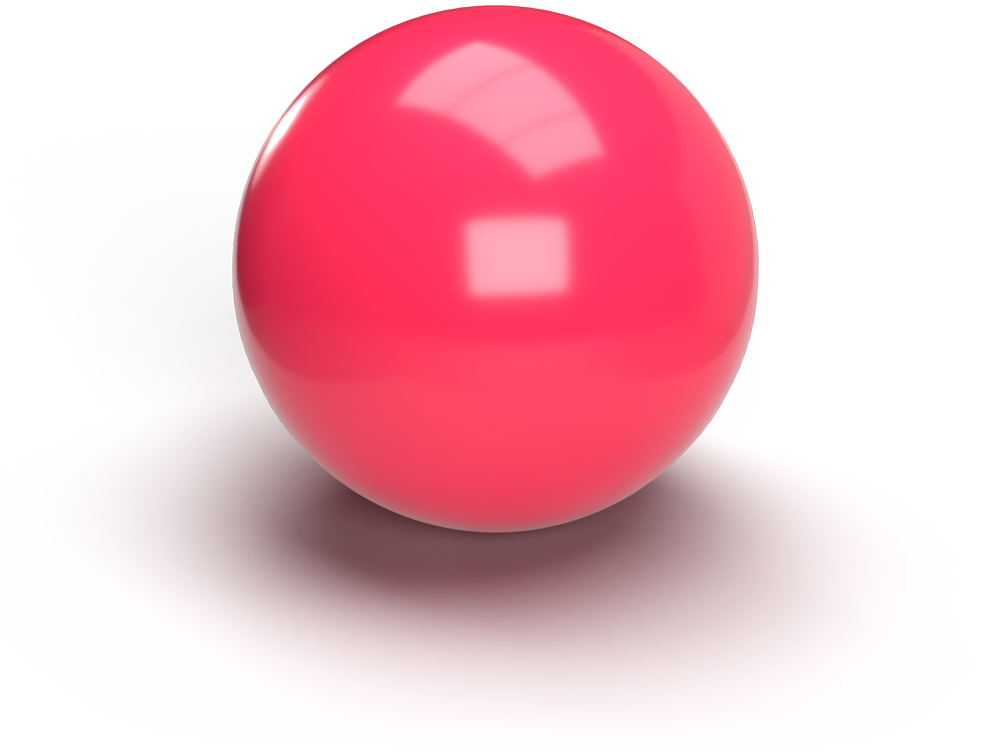
The product is first produced as a shell (cast). The silicone is then inserted and cured. The shell is removed and the product is finished by hand.
3D SOFT SILICONE earmoulds are sealed with an antibacterial silicone lacquer as standard. This protects the ear tissue and material equally.
Features
| Skin-friendliness | |
| Moisture absorption | |
| Heat dissipation | |
| Post-processing | |
| Insertion | |
| Breaking/tear resistance | |
| Durability | |
| Cleaning |
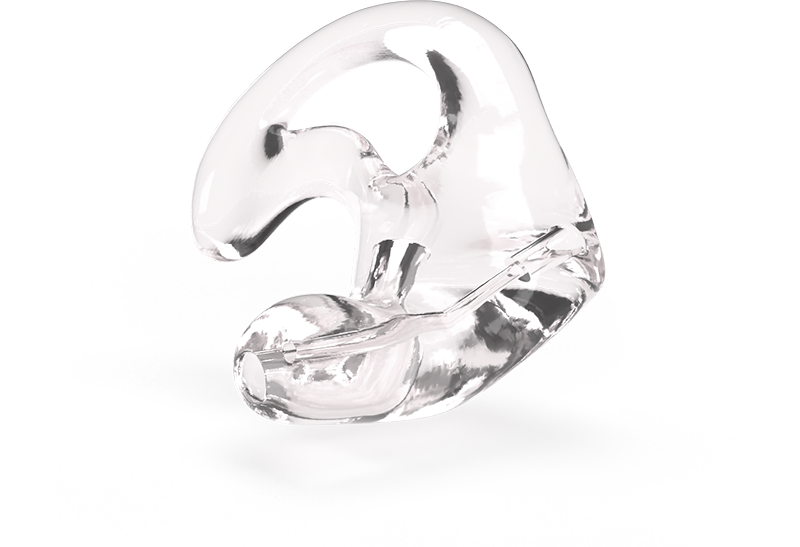
Silicone Lacquer Glossy
The varnish is applied to the 3D SOFT SILICONE earpiece afterwards. The lacquer has a clear-transparent appearance and is particularly robust and durable.

Silicone Lacquer Silk Matt
This silicone coating has a matt appearance and has a durable and pleasantly soft surface. The look is more inconspicuous and thus has a high wearer acceptance.

